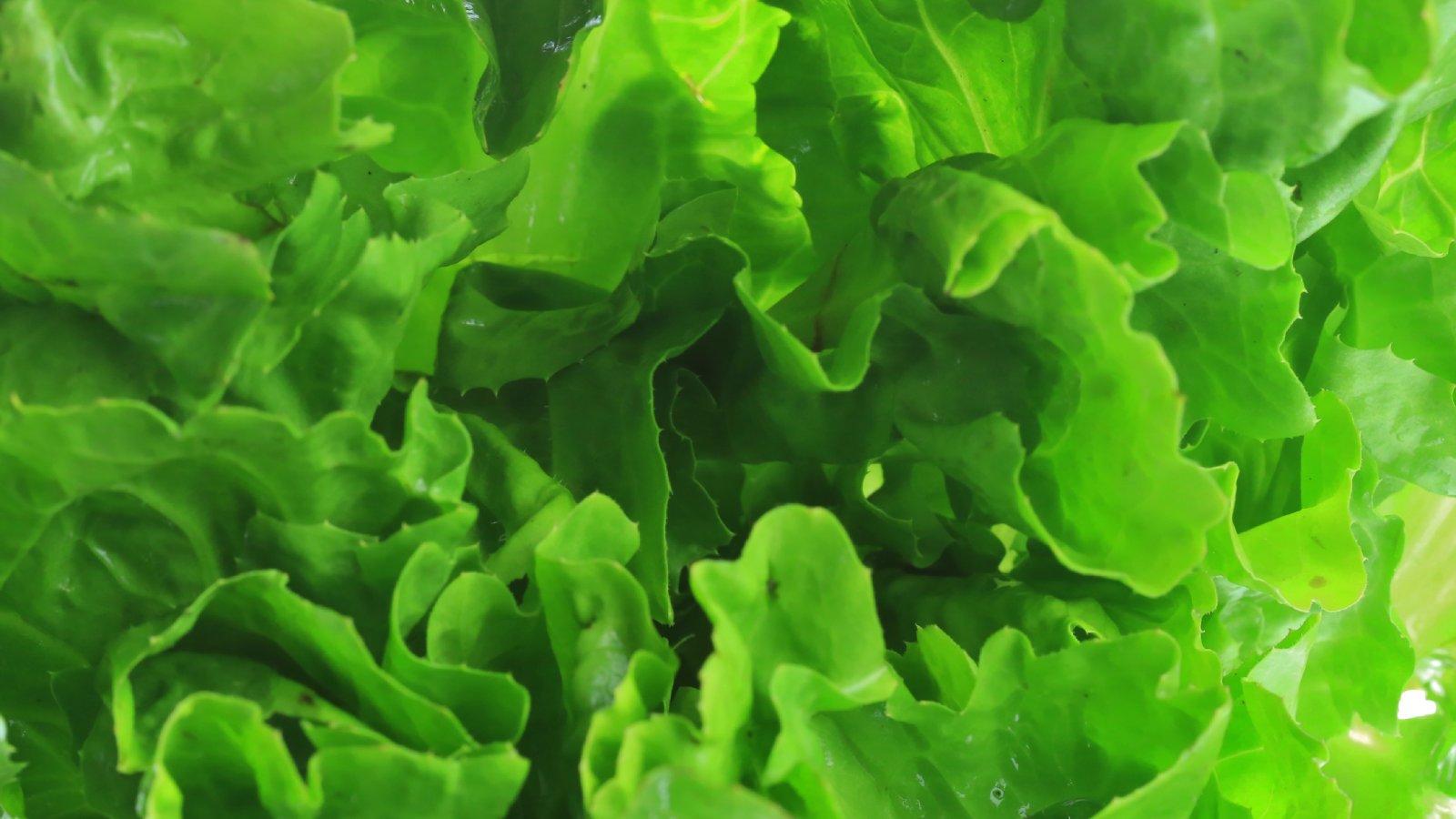Romaine Lettuce Care: Learn About Planting Romaine Lettuce


If you enjoy the taste of romaine or cos lettuce, you're not alone. Humans have been planting romaine lettuce for nearly 5,000 years. Romaine is a popular sandwich topping and the lettuce of choice in Caesar salad recipes. This nutrient-rich vegetable is an excellent source of minerals and antioxidants, yet still boasts an amazingly low 10 calories per cup of lettuce.
To keep up with consumer demand, commercial growers have dedicated thousands of acres each year to growing romaine lettuce. Unfortunately, it's estimated green leafy vegetables account for 20% of food-borne illness. This has resulted in numerous recalls of romaine lettuce in the past decade and, for many families, eliminated salad from the Thanksgiving menu in 2018. Many gardeners find growing romaine lettuce at home to be a safer alternative.
Romaine Lettuce Care
Growing romaine lettuce is fairly easy. It's a cool-weather crop that can be planted in early spring and late summer in most areas of the United States. Growing romaine lettuce quickly is the secret to producing crispy, great-tasting leaves. If you're looking for the best way to grow romaine lettuce, try following these tips:
- Start spring crops indoors. Romaine needs 70 to 75 days to mature. To prevent bolting of springtime crops, start romaine indoors. Romaine seedlings can withstand frost and can be transplanted into the garden as soon as the soil can be worked. Fall crops can be directly seeded into the garden during late summer. Mature lettuce is not frost-tolerant.
- Use a nutrient-rich, moist soil. Romaine requires both nitrogen and soil moisture to grow quickly. Fertilize or amend the garden soil with plenty of compost. Salad connoisseurs believe romaine grown in soil tastes better than hydroponic lettuce.
- Avoid planting romaine lettuce in midday sun. Instead, transplant romaine seedlings on a cloudy day or in the evening to prevent the plants from dehydrating and to reduce transplant shock.
- Provide adequate spacing. Space romaine plants at least 12 inches (30 cm.) apart. Giving romaine lettuce plenty of room to grow results in larger heads. This also improves air circulation which may reduce rotting. When direct sowing into the garden, try using seed tape to achieve better spacing.
- Protect from pests. Rabbits and slugs love the sweet taste of romaine. To prevent rabbits from harvesting your crop before you do, try using floating row covers, or opt to grow romaine out of reach in a hanging basket or in elevated containers. To control slugs, try making slug traps or using diatomaceous earth around the romaine. It's advisable to avoid pesticide use on lettuce, as it's readily absorbed by the leaves.
- Plant fewer plants more often. For a continuous supply of leafy lettuce throughout the growing season, try planting romaine lettuce every couple weeks. Romaine can also be harvested leaf by leaf to extend the harvest.
In comparison to other types of lettuce, romaine is considered more heat tolerant and bolt resistant. It grows well in pots and is a popular choice for container and vertical gardening. For year-round harvest, try hydroponically growing romaine lettuce inside during the winter.
Sign up for the Gardening Know How newsletter today and receive a free copy of our e-book "How to Grow Delicious Tomatoes".

Laura Miller has been gardening all her life. Holding a degree in Biology, Nutrition, and Agriculture, Laura's area of expertise is vegetables, herbs, and all things edible. She lives in Ohio.